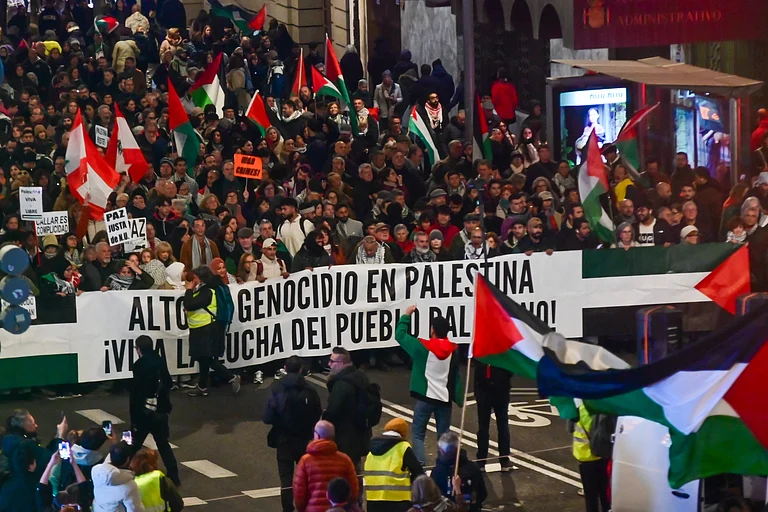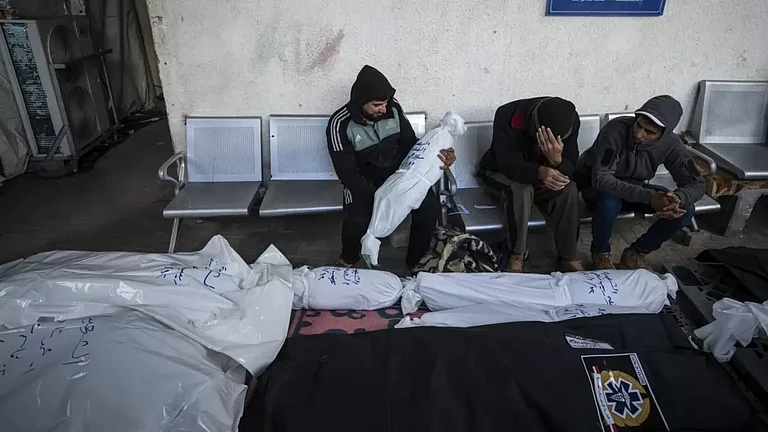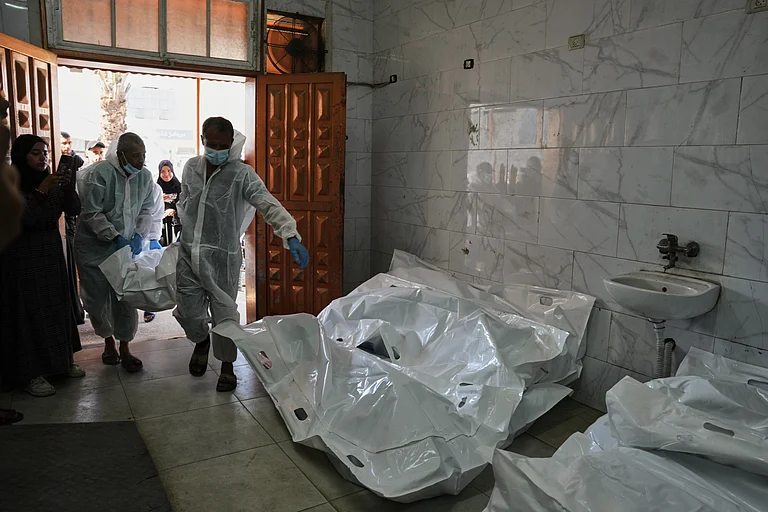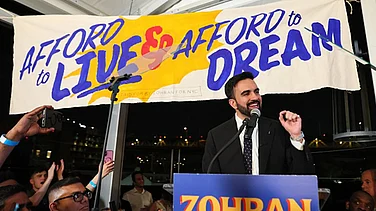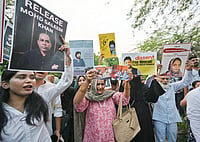When South Africa brought Israel to the International Court of Justice for its ‘genocidal’ actions in Gaza, it also accused Israel of causing irreparable harm to the heritage of the Palestinian people under the genocide convention. In the over hundred days of war on Gaza, Israel has destroyed at least 195 heritage sites, according to an NGO documenting war damage on cultural sites.
“Israel has damaged and destroyed numerous centres of Palestinian learning and culture, including libraries, religious sites and places of ancient historical importance,” South Africa said in its lawsuit against Israel, along with accusing it of committing genocide in its war on Gaza.
What does international law say about cultural heritage?
Throughout history, armed conflicts have not only wrecked havoc on the lives of people but have also led to large-scale destruction of museums, mosques, libraries and other cultural sites that are storehouses of memories and history.
Recognising the importance of preserving cultural heritage during conflicts, the Convention for the Protection of Cultural Property in the Event of Armed Conflict was adopted in 1954. Now widely referred to as the 1954 Hague Convention, it is the first and the most comprehensive multilateral treaty dedicated exclusively to the protection of cultural heritage in times of peace as well as during an armed conflict.
The 1954 Hague Convention aims to protect cultural property, such as monuments of architecture, art or history, archaeological sites, works of art, manuscripts, books and other objects of artistic, historical or archaeological interest, as well as scientific collections of any kind regardless of their origin or ownership.
The Convention is agreed to by both Palestinians and Israelis.
What cultural sites have been damaged in Gaza?
A Spain-based NGO, Heritage for Peace, published a preliminary report on November 7 that listed 104 historic sites as damaged or destroyed, while also acknowledging that the real damage is likely to be far greater than what has been documented.
The Palestinian Culture Ministry reported that as of January 1, Israeli attacks demolished 207 archaeological and heritage sites in Gaza out of a total of 325 registered sites.
Calling it a "systematic and targeted” campaign against the territory's “culture and heritage sector with its material and intangible components, the Palestinian Minister of Culture, Atef Abu Seif said Israel seeks to erase national memory, promote distortion of facts, and fight the Palestinian narrative.
Here are some cultural sites that have been damaged/destroyed:
The Qasr Al Basha, also known as the Pasha’s Palace Museum, was Gaza’s only government-run museum. It was known for showcasing valuable artefacts that belong to the Greek, Roman, Byzantine, and Islamic civilizations.
The Omari Mosque was one of the most ancient mosques in the region. The mosque drew hundreds of Muslim worshippers throughout the Mamluk, Ottoman and British mandate periods in Gaza. It was destroyed several times during various conflicts and even earthquakes that hit the region, but was rebuilt every time.
Souq Al Zawiya, one of Gaza City’s oldest and most important markets, has also been completely destroyed. The market is located close to the Great Omari Mosque, the oldest and largest mosque in Gaza. It served both as a centre for trading and buying gold.
The Church of Saint Porphyrius was thought to be the third oldest church in the entire world. The Greek orthodox church has traditionally served as a sanctuary for both Christians and Muslims during Israel’s periodic wars against Gaza. At the time of the attack in October 2023, the church was sheltering hundreds of people.
The Rafah Museum was a space in southern Gaza which was dedicated to teaching about the besieged region’s long and multi-layered heritage. It had just completed a 30-year project to curate a collection of ancient coins, copper plates and jewellery, making it Gaza’s main museum of Palestinian heritage, according to a report by Al Jazeera.







